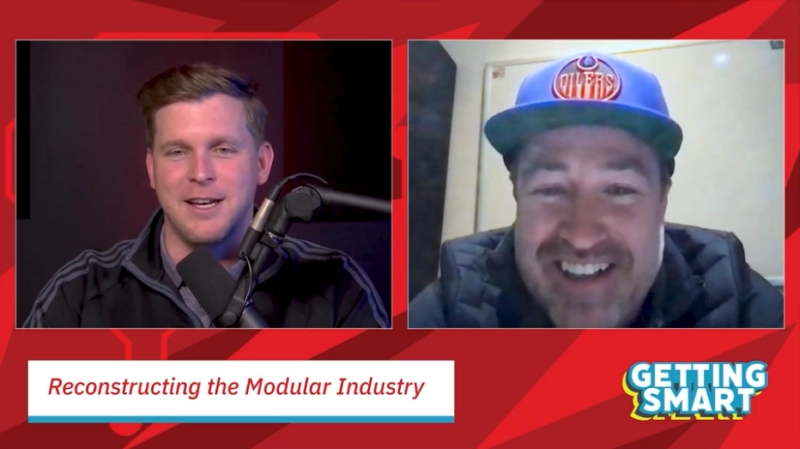Carbon Fiber Prices Drop, Impact to Automotive Industry Is Huge
In the automotive industry, carbon fiber, a composite material, is important to production. It’s also often more expensive than steel. But the growing use of carbon fiber over steel represents the industry’s pursuit of lighter cars that are more fuel efficient in order to bring more value to their customers. This need coincides with the expected price decrease of the material by as much as 90 percent within the coming years. This dramatic decrease, determined by a MAI Carbon Cluster Management GmbH study and reported by Composites Manufacturing Magazine,[1] is poised to have a huge impact on automotive manufacturing.
As the manufacturer’s demand for carbon fiber grows, they’ll need necessary tools to meet those demands. Tools, such as those provided by Magnum Venus Products (MVP). As part of the carbon fiber ecosystem, it is crucial to further discuss what is happening in the market and the growing evolution therein.
Carbon Fiber Will Become the Choice Over Metals
Carbon fiber-reinforced plastics (CFRPs) have exceptional strength to weight ratio, meaning it is both lightweight and durable. Due to this, the use of CFRP over heavier metals is gaining popularity.
With more carbon fiber usage at lower costs, auto manufacturers will have the opportunity to increasingly replace traditional steel parts more and more. Replacing steel with these materials makes the car lighter and able to achieve better gas mileage, which in turn reduces the amount of carbon dioxide in the atmosphere. This urgency to build lighter cars for better gas economy is prompted by the need to meet Corporate Average Fuel Efficiency (CAFE) standards of 54.5 mpg by 2025.
Leveraging carbon fiber allows for new, creative innovation in car manufacturing. With this need to be creative in replacing metals and other materials, new molds and tools will become necessary. MVP is here to meet that need.
What Will Carbon Fiber Replace?
The reduction in weight by using carbon fiber could be as much as 25 to 70 percent compared to metals. Now and for the immediate future, carbon fiber is best suited for closures like doors, lift gates, and hoods, although other structures that could see an influx of carbon fiber usage include seats and instruments as well. By 2020 and beyond, the volume of CFRP used in cars and trucks could well outpace any other applications, according to the study Carbon Fibers: History, Players and Forecast 2020.[2]
Making the Shift by 2020
For the automotive industry to shift to lighter weights and better fuel mileage, heavier parts need to be replaced with comparable materials. In looking at what is light in weight but still robust, carbon fiber and other composites materials are a great choice as replacements. With prices coming down for this material, automotive manufacturers will increasingly use it more and more.
MVP, as a provider of composite application equipment, is excited for what this means for the future of car manufacturing. As the automotive sector continues to increase its carbon fiber usage, MVP will have the tools necessary to best meet those needs.
Read more at mvpind.com
[1] http://compositesmanufacturingmagazine.com/2014/10/carbon-fiber-prices-drop-much-90-percent/
[2] http://www.jeccomposites.com/e-store/carbon-fibres-history-players-and-forecast-to-2020-digital-edition









